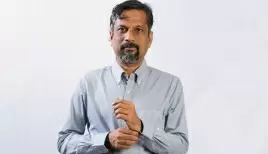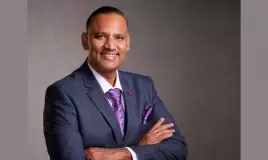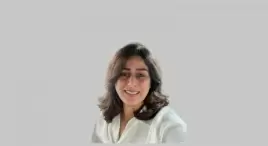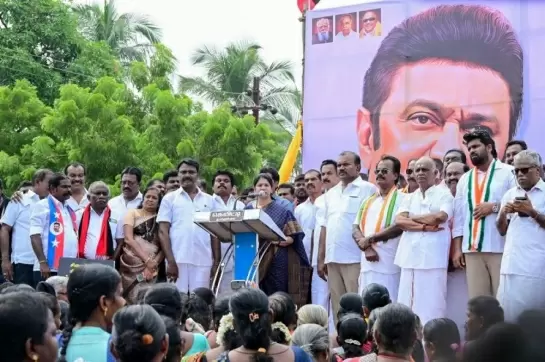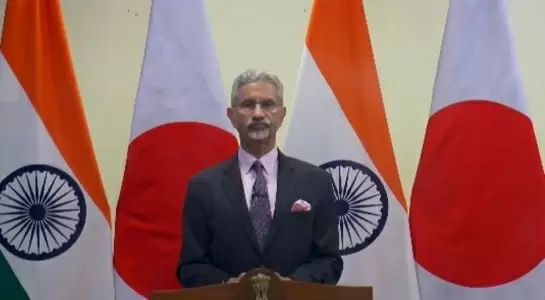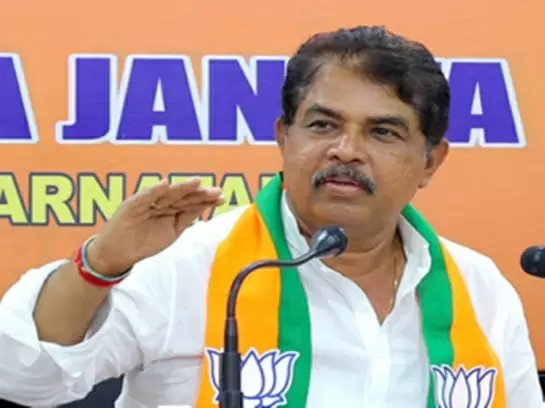Talking from experience, a peer counselor helps patients develop confidence
01-March-2014
Vol 5 | Issue 9
No Looking Back – A True Story, written by Shivani Gupta and published by Rupa Publications, an inspiring narrative about surviving the challenges of disability in a country that believes disability equals invisibility from the public discourse. In this excerpt Gupta recalls the time she started counselling women with spinal injuries and how as they shared their fears she relived her own fears over and over again.
I started peer counselling once the centre had inpatients. I concentrated on working with women, the reason being that they had the same physiology as me.
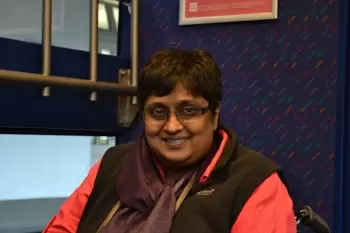 |
|
Shivani Gupta's book is an inspiring narrative about surviving the challenges of disability (Photo: WFS)
|
As well, the hospital management thought that a female counsellor for women and a male counsellor for men was the appropriate way forward.
Spinal injury is known to be one of the most traumatic injuries recorded. I knew first-hand that acceptance of the injury is probably a lifelong process.
So I didn’t expect these women with fresh injuries to be able to even comprehend the life changes that were still to come their way, while they were in rehabilitation and not yet discharged into the real world.
What was good was their reception to what I had to tell them. Their willingness to understand the injury was far greater when the information came from me rather than anyone else because they knew that I was talking from experience and not only theoretical knowledge.
As a peer counsellor, I tried to remain detached from their personal problems - though I could see clearly how each one of them seemed to be going through the same emotions and experiences I had done, and I could see their families struggling in a manner similar to mine.
But I knew that the struggle and the pain were inevitable. It was all part and parcel of adjusting to the situation.
I tried to explain spinal injuries in four ways to them. First, I tried to make them understand what a spinal injury really is, and all the complications that come as a package with it — issues such as incontinence, high risks of pressure sores and urinary infections, respiratory dysfunctions, etc.
Secondly, I explained the life-changing habits they needed to inculcate to be able to live a healthier and fulfilled life. Things such as the minimum amount of fluid they must drink, the kinds of food to eat and to avoid, or even simply protecting themselves from excessive heat and cold to avoid falling ill.
Thirdly, I tried giving them hope by citing examples of people who had succeeded in living life successfully in spite of spinal injuries.
But though I talked about such success stories with the patients, at a personal level I could never draw inspiration from other people with spinal injuries who had continued to live a full life — I knew that there was hardly any such option available to me.
I drew inspiration from the people around me who touched my life. I also drew courage from thinking about people in harder circumstances than mine, disability being irrelevant, who continued to live life no matter what.
At times, I even drew inspiration from the very patients I counselled. The fighting spirit in people, the struggle to exist and the determination to continue — that was what really touched my soul.
As the fourth and final step, I talked to the patients about issues relating to settling back in with their families. It is not as easy as it might seem because, with a spinal injury, one no longer holds the same position in the family, no matter how selfless and caring one’s relatives are.
This was probably the most difficult for me to talk about because I myself was, in a way, trying to run away from my own family and friends. I was, after all, searching for myself and my identity away from my family. I knew the people who once thought me clever and smart now felt sorry for me — the only way I could handle this pity was by staying away.
There were a number of women from varying economic backgrounds that I had the opportunity to meet during this time. Some women, who were already married, were worried about how would they manage to take care of their husbands and families, and some of them were nervous about their husbands abandoning them.
Those who were unmarried never broached this topic as they all hoped to get well someday and find a man. The biggest challenge that almost each woman faced was to accept herself now as a ‘care receiver’, while she had earlier been accustomed to the role of ‘care provider’ within the family.
In the fears of these women, I seemed to relive my own fears over and over again. The only thing that I had wanted out of life before my accident was to find a caring husband and children — this simple dream was shattered the day I looked at myself in the mirror at the rehabilitation centre in Pune. If I myself could not accept my changed physical form, how could I expect anyone else to?
I don’t know how far I was able to really help the various women I counselled, but I definitely gained a lot from them. Each one was unique in her circumstances, and how she worked her way through those circumstances was unique too.
Each one of them was a champion in my eyes. It didn’t matter if they couldn’t perform activities as easily as they could before the accident, it didn’t matter whether they were able to earn money or look after their family the way they had before.
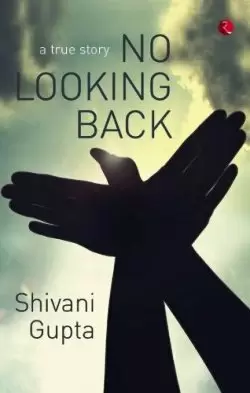 |
What made them champions was that they continued to fight no matter how hopeless the future seemed. After all, I knew very well how difficult it was to continue the struggle day after day and how tempting it was to give up and simply say ‘I can’t’.
Sanam and Richa were two young women I interacted with during that time. Both belonged to middle-class families. One had been injured in a car accident, the other owing to an accidental gunshot.
They were both some years younger than me and both continued fighting through their problems, despite the many ups and downs. Today, when I look at them, I feel happy. Sanam runs a pet boarding centre along with her husband and Richa works at a software company. They are now smart and confident women, and there isn’t anything they cannot achieve.
As for me, the balance sheet I had maintained in my mind since the accident now looked like this:
What I lost
I had lost a lot.
There was the pain of being left behind, while everyone progressed.
I had to restart my life, while everyone else I knew continued to build theirs.
I struggled for very basic thing like managing my bladder and keeping my carer humoured, while everyone else fought greater and more important battles in their lives.
What I gained
I had gained as much as I had lost.
I learnt to gain happiness from small achievements, while others didn’t have time to feel happy.
I had found success in the number of people I was able to give hope to, while others measured it in their salaries and designations.
I felt satisfied with whatever I had, while others failed to findsatisfaction even with everything at their disposal.”
(Excerpt from No Looking Back – A True Story, By Shivani Gupta; published by Rupa Publication India; Pp: 264; Price: Rs 295). - Women's Feature Service



